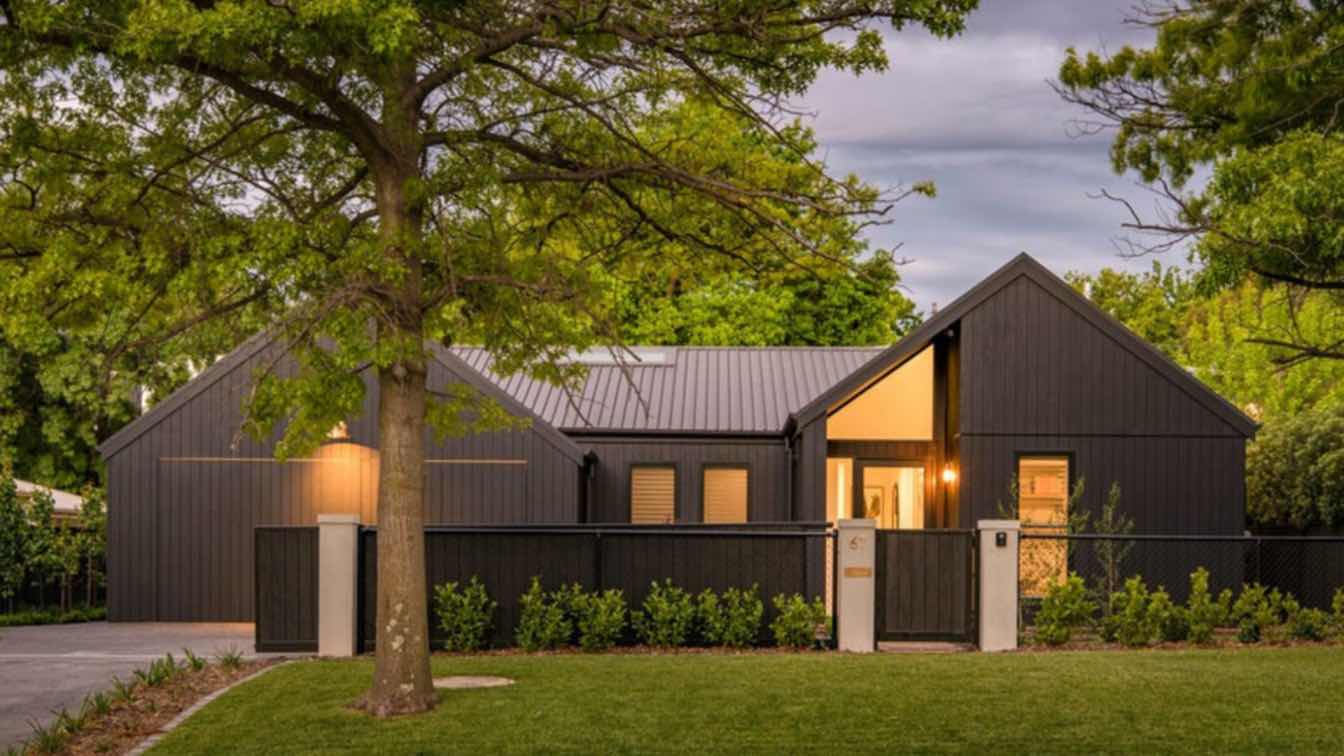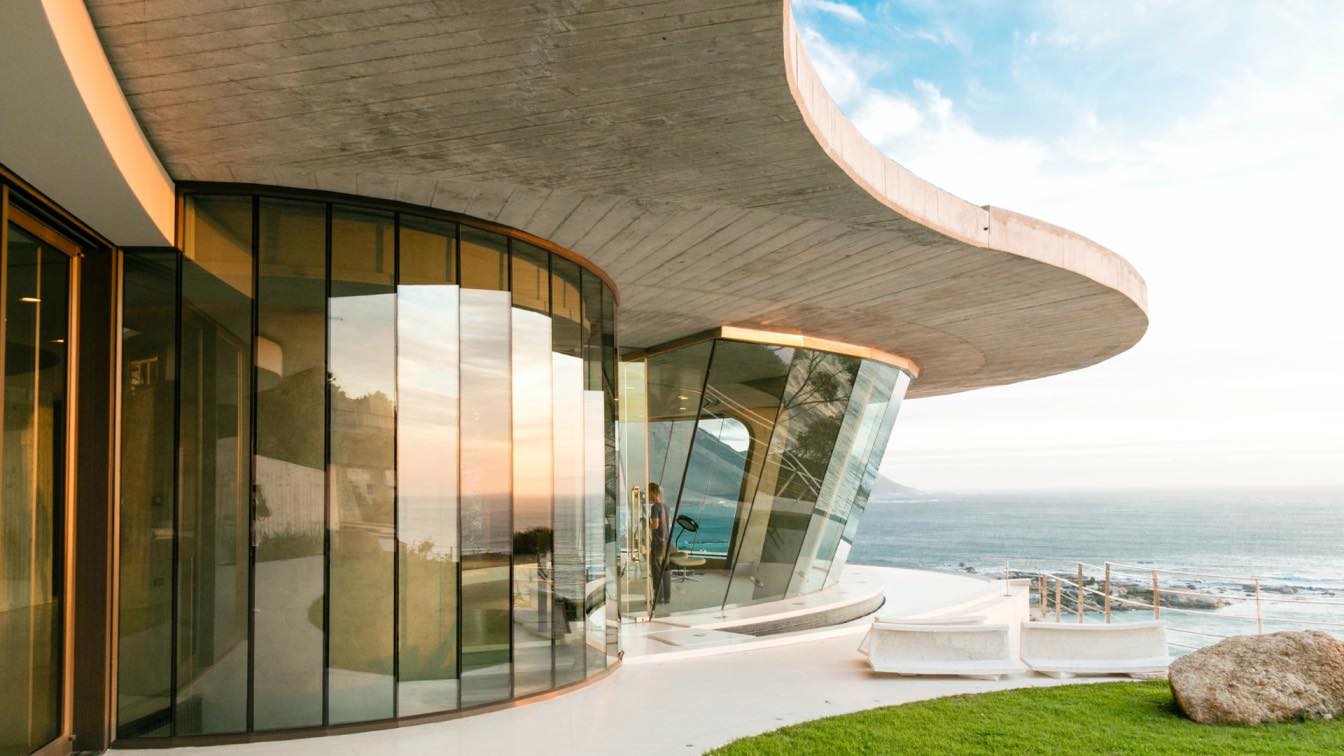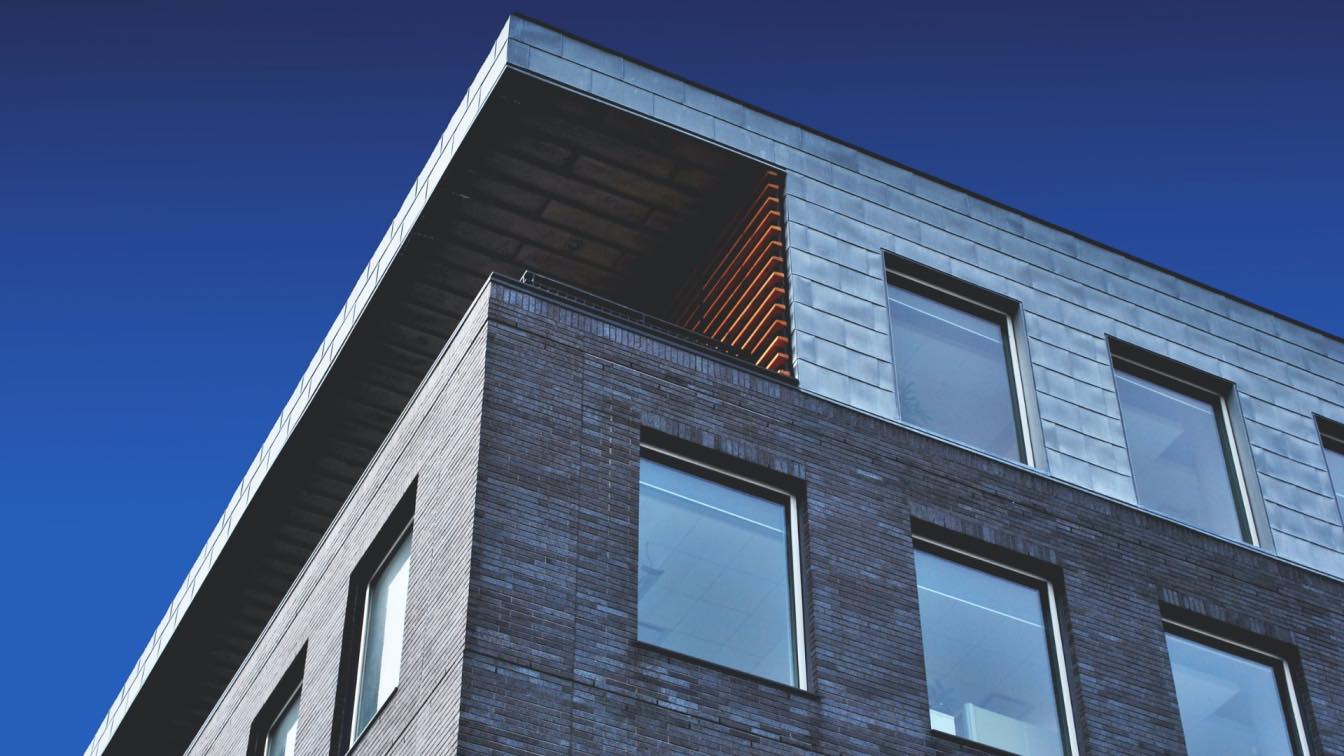In the world of architecture and design, color plays a pivotal role in setting the tone and personality of a structure. Among the myriad of hues available to architects, black stands out for its boldness, elegance, and timeless appeal. In recent years, the trend of incorporating black, especially matte black, into residential designs has gained significant traction. This article explores the allure of matte black in modern house designs, spotlighting famous houses and notable residents who have embraced this striking trend.
The Rise of the Matte Black House
The matte black house is a testament to the evolution of architectural aesthetics, moving away from traditional colors and materials to embrace a more minimalist and avant-garde approach. This trend is not merely about the use of color; it represents a holistic design philosophy that merges functionality with sophisticated beauty. Modern black houses stand as bold statements in their environments, exuding strength, mystery, and unparalleled elegance.
Characteristics of Modern Black Houses
Modern black houses are defined by their use of matte black finishes, which absorb light rather than reflect it. This quality gives these homes a unique texture and depth that is both visually striking and understated. Architects employ a variety of materials to achieve this look, including blackened wood, matte black metal panels, and dark stone. The use of large, floor-to-ceiling windows is also a hallmark of these designs, creating a dramatic contrast with the black exteriors and inviting natural light to play within the spaces.
The architectural lines of black modern houses are often clean and geometric, which enhances their contemporary appearance. Open floor plans, minimalist interiors, and the integration of outdoor and indoor spaces are common features, aligning with the principles of modern design.
Famous Matte Black Houses and Celebrity Residents
One of the most renowned examples of a matte black house is the "Stealth Building" in New York. This project involved the transformation of a historic building's facade into a striking matte black surface, making it a landmark in modern architectural design. While not a residential home, the Stealth Building illustrates the potential of matte black in transforming urban landscapes.
In the realm of celebrity homes, the trend of matte black houses is also making waves. Although specific residences are often kept private, it is known that celebrities in the entertainment and tech industries have shown a preference for sleek, modern designs, with matte black exteriors featuring prominently in their luxury homes. These residences often combine state-of-the-art technology with sustainable design elements, setting new standards for new build homes.
Benefits and Considerations
Opting for a matte black exterior offers several benefits, including the ability to hide imperfections and create a seamless look. However, there are also practical considerations to bear in mind. Black absorbs more heat than lighter colors, which can be a factor in warmer climates. To mitigate this, architects may incorporate energy-efficient materials and design techniques to maintain comfortable indoor temperatures.
Moreover, the choice of matte black as a design element extends beyond aesthetics. It challenges traditional notions of home design and encourages a reevaluation of what constitutes beauty in residential architecture. This bold choice can also influence the mood and atmosphere of the living space, fostering a sense of tranquility and introspection.
Environmental Impact and Sustainability in Matte Black House Designs
Incorporating sustainability into architecture has become a critical focus across the globe, and matte black house designs are no exception. This new section would naturally follow the "Benefits and Considerations" segment, as it delves deeper into the practical implications of choosing matte black for a home's exterior, particularly regarding environmental impact and sustainability.
Sustainable Materials and Energy Efficiency
Architects and designers advocating for matte black aesthetics are increasingly turning to sustainable materials that not only achieve the desired visual effect but also contribute to a building's overall energy efficiency. Recycled metal panels, sustainably sourced blackened wood, and eco-friendly matte finishes are becoming more prevalent. These materials not only minimize the environmental footprint during construction but also enhance the building's insulation and energy conservation in the long run.
Moreover, to address the challenge of heat absorption associated with dark exteriors, innovative solutions are being integrated into matte black house designs. Green roofs, for example, can be incorporated to reduce heat absorption, improve insulation, and offset the carbon footprint. Additionally, strategic placement of windows and the use of energy-efficient glazing can harness natural light and ventilation, reducing the need for artificial lighting and cooling systems.
Water Conservation and Landscaping
Another vital aspect of sustainable matte black house design is water conservation. This involves incorporating rainwater harvesting systems and designing landscapes with drought-resistant plants that require minimal irrigation. These practices not only conserve water but also create a harmonious balance between the home and its natural surroundings, further enhancing the aesthetic appeal of the property.
Conclusion
The matte black modern house is more than just a design trend; it is a statement of individuality and a reflection of contemporary architectural innovation. As society continues to embrace bold and unconventional choices, the popularity of these designs is likely to grow. Whether through the homes of celebrities or landmark architectural projects, matte black houses are reshaping our visual landscape, offering a glimpse into the future of residential design.
In embracing the matte black trend, architects and homeowners alike are not just choosing a color; they are making a deliberate statement about style, sustainability, and the essence of modern living. As this trend continues to evolve, it will undoubtedly inspire further exploration and creativity in the field of architecture, cementing its place in the annals of design history.





